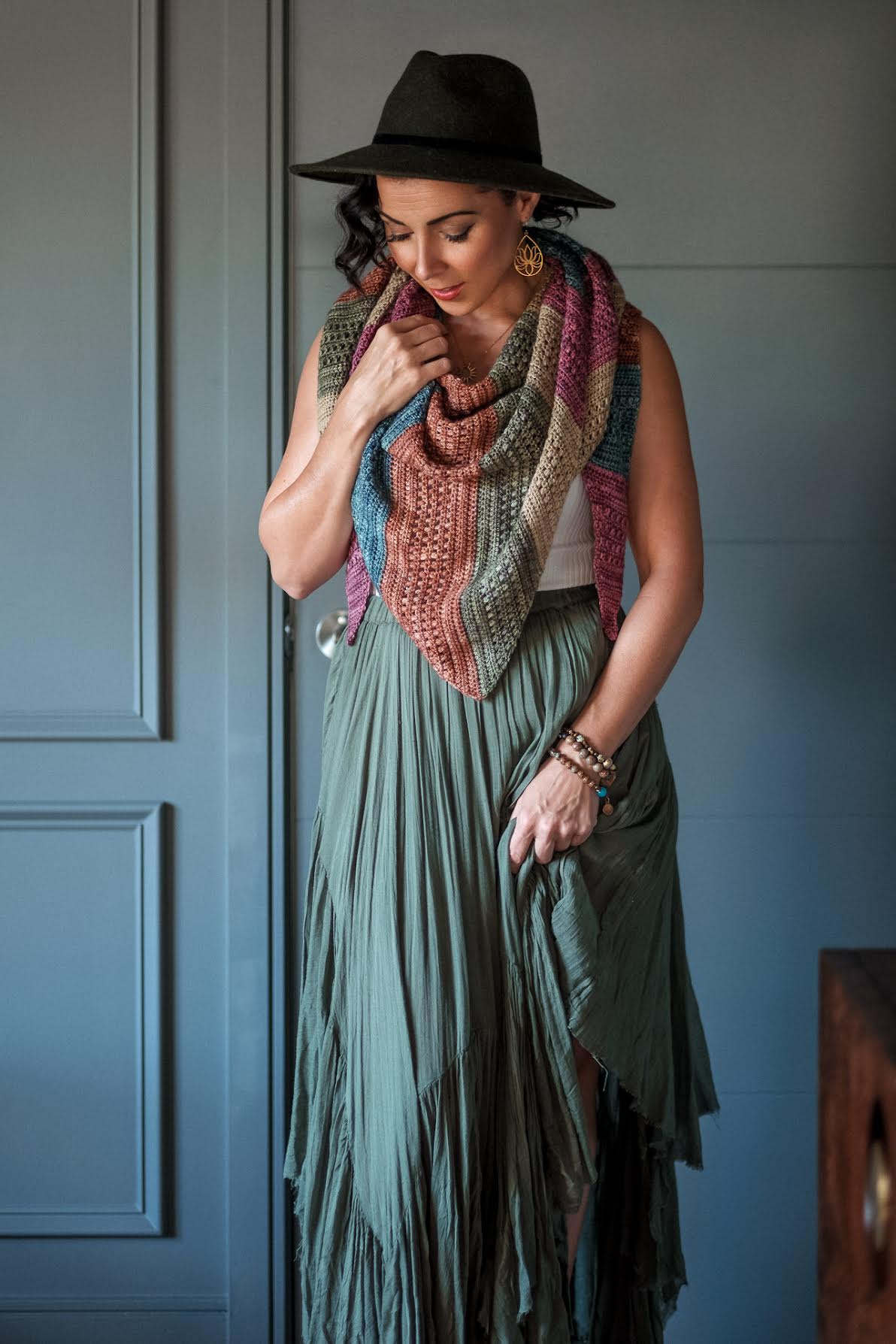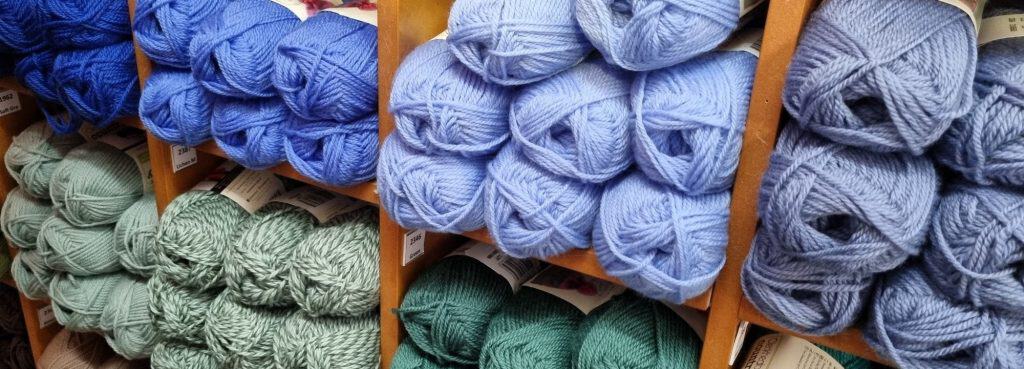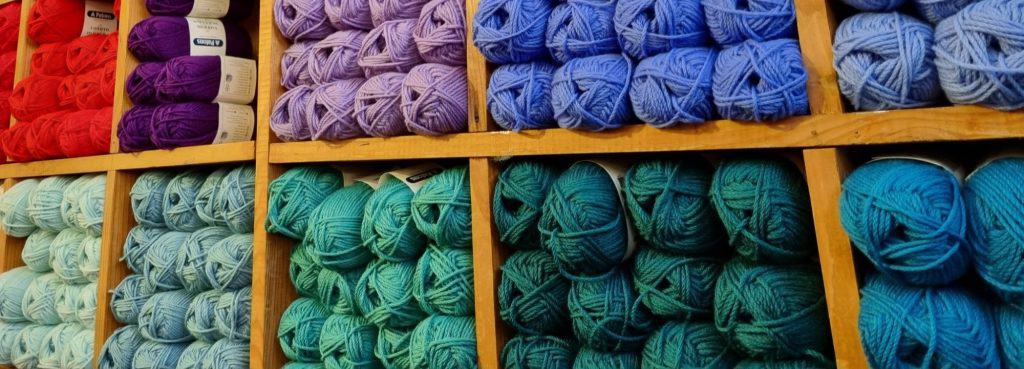Letter From Jodie Morgan: Founding Editor
For the past few weeks, I’ve been working on a very special project…
The latest addition to my Success Manuals series! The first was Knitting Habits, the second was Crochet Habits, and the third is going to be…
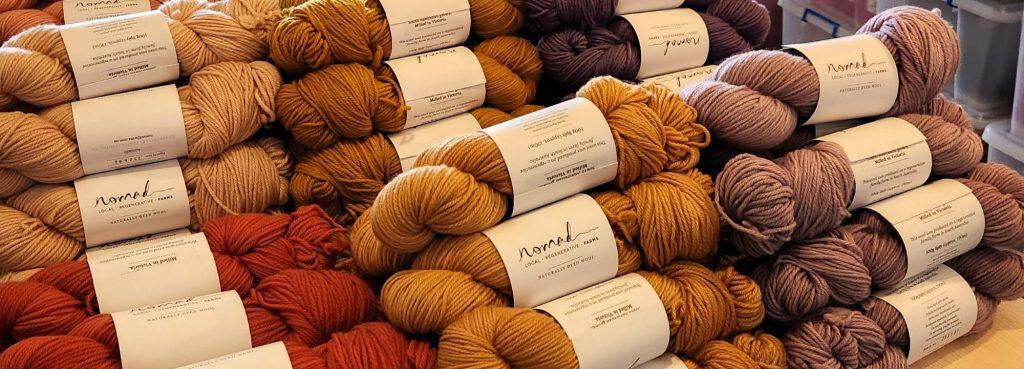
Note: If you click a link on this page and make a purchase, I may receive a commission, but at no extra cost to you. Learn More.
Yarn Habits! A success manual dedicated to helping you get the most out of yarn. This is something I highlight in the first chapter:
“Yarn. Our craft’s building block, how we express our creativity, and sometimes, the bane of our existence when it tangles!“
As with the past two Success Manuals, I want to ensure it’s super valuable to you, my lovely members. And I can’t do that without your help!
So, in this special edition of What To Knit Next, I’m celebrating the upcoming launch of my new Success Manual; Yarn Habits, by sharing a sneak peek with you!
Here’s a taste of what I’ve got so far for the chapter on Plies, Twists & Textures.
It’s a work in progress but I’d love to get your feedback. Please leave a comment, contact me, or email me on jo[email protected]
I really appreciate any suggestions you have. As a thank you for taking the time, I’ll give you a complimentary month’s membership, a spot in the acknowledgements, and, of course, a complimentary copy of the finished Success Manual!

Sneak Peek From Yarn Habits
Chapter 4. Plies, Twists & Textures
Decoding Yarn Construction
A ply is a single strand of fiber spun together with others to create yarn. You might see yarns labeled as 2-ply, 3-ply, 4-ply, or more. I once made the mistake of assuming more plies always meant a thicker yarn. Not so!
For example, I once worked with a delicate 2-ply lace weight yarn that was much finer than a 4-ply fingering weight. The number of plies affects the yarn’s strength, durability, and how it looks in your finished project:
- Single-ply yarns: Soft and lofty, great for creating a rustic look and has excellent drape. They’re prone to pilling and splitting.
- 2-ply yarns: used for lace weight and fingering weight yarns. They have a good balance of softness and definition.
- 3-ply & 4-ply yarns: excellent stitch definition and durability. Perfect for socks and heavily textured patterns.
- 5-ply & higher: less common, but strong and great for cables and hard-wearing items.
Some yarns have more complex constructions:
- Cabled yarns: These are made by plying already plied yarns together. They’re very strong and round, great for cables and textured stitches.
- Core-spun yarns: These have a strong core yarn strand wrapped with one or more softer fibers. They combine strength with softness.
The direction and tightness of a yarn’s twist (a S-twist or Z-twist) makes a big difference in how it behaves. A S-twist goes from bottom-left to top-right, like the middle of the letter S, while a Z-twist goes the opposite way.
Once, I was working on a reverse stockinette swatch and couldn’t figure out why my stitches looked wonky. Turns out, I had chosen a cotton yarn to knit the short-sleeved Tee that had a twist direction that emphasized the “lean” of my stitches.
The tightness of the twist matters too:
- Tightly twisted yarns are more durable and have great stitch definition, but they sometimes feel stiff.
- Loosely twisted yarns are often softer and have a beautiful halo, but they’re prone to pilling and splitting.
I love using loosely twisted yarns for cozy scarves and hats, while I reach for tightly twisted options when I’m making socks or other hard-wearing items.
Texture is where things get fun. There’s so much variety! Smooth yarns are great for showing off stitches and intricate designs. I love using these for lace or cable work.
You’ve also got highly textured yarns: anything from subtle slubs (thick spots in the yarn) to full-on novelty yarns with sequins, feathers, or other add-ins. They’re great for adding interest, but be prepared for the texture to affect your gauge.
Speaking of gauge, it’s important to remember plies, twists, and textures all impact your gauge. I always, always swatch when trying a new yarn or making a project.

So, what did you think? Suggestions? Improvements? Anything I should include or cover in the Yarn Habits Success Manual?
Leave a comment, contact me, or email me: [email protected] with what you’d like to see added or improved.
And as an extra thank you for sending me your feedback, I’ll give you a complimentary month’s membership, a spot in the acknowledgements, and, of course, a complimentary copy of the finished Success Manual!
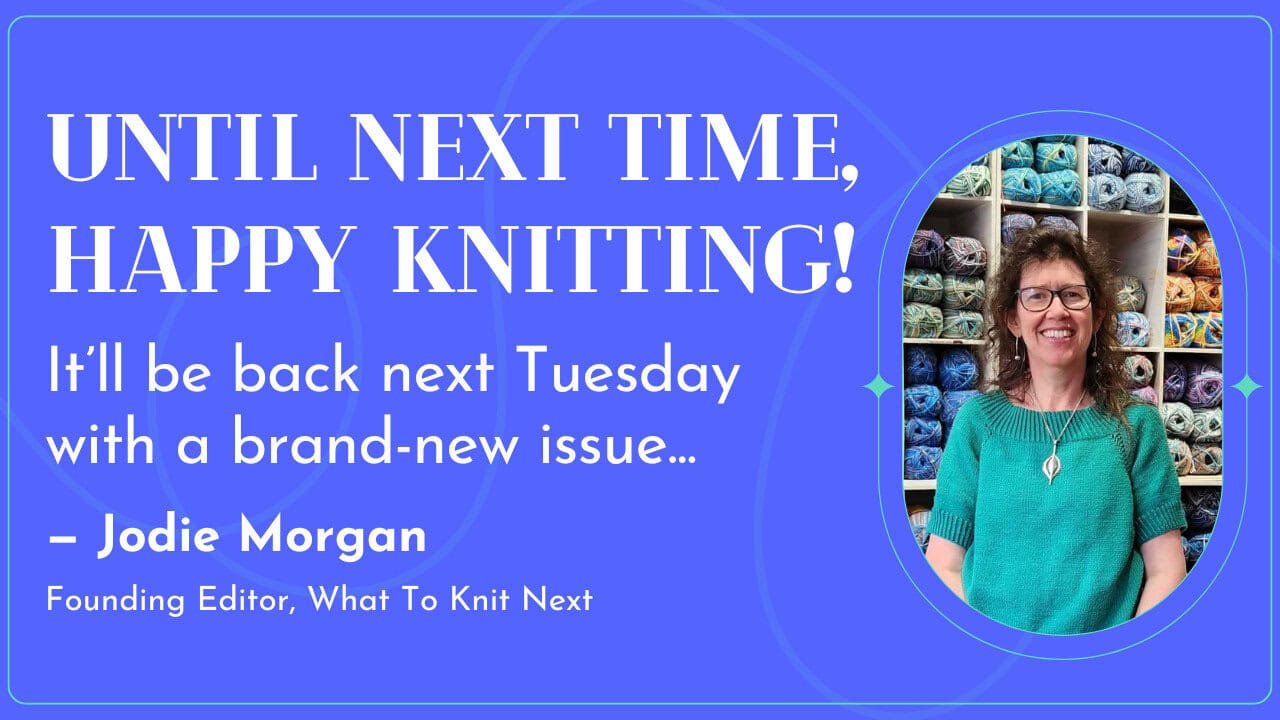
P.S. Don’t forget to become a VIP member for even more knitting inspiration…

